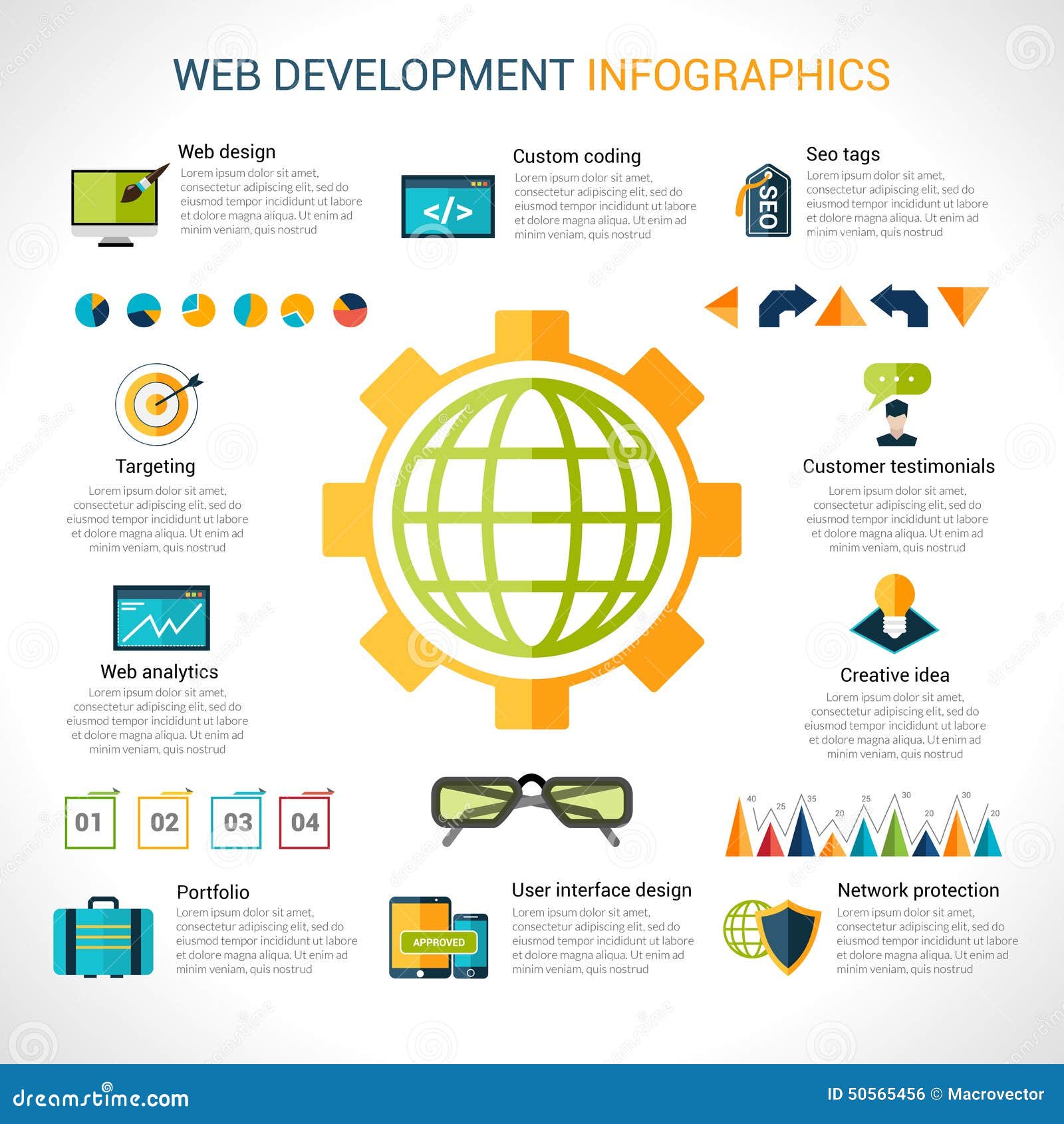Visualize a website where every aspect contends for your interest, leaving you really feeling overwhelmed and uncertain of where to concentrate.
Now image a site where each component is thoroughly prepared, assisting your eyes easily through the page, giving a smooth customer experience.
The difference depends on the power of visual pecking order in site layout. By purposefully arranging and focusing on elements on a page, designers can produce a clear and instinctive path for individuals to adhere to, eventually improving engagement and driving conversions.
However exactly how exactly can you harness this power? Join us as we explore the principles and methods behind efficient visual pecking order, and uncover how you can raise your site layout to new elevations.
Comprehending Visual Pecking Order in Website Design
To effectively share details and overview individuals through a website, it's important to recognize the principle of visual power structure in website design.
https://definecontentmarketing40628.idblogz.com/30780827/voice-look-and-seo-adjusting-your-strategy-to-the-surge-of-voice-assistants describes the setup and organization of elements on a web page to stress their value and develop a clear and user-friendly individual experience. By developing a clear aesthetic hierarchy, you can guide individuals' attention to the most vital information or actions on the page, improving use and interaction.
This can be accomplished with different layout techniques, including the strategic use size, color, contrast, and placement of components. For example, bigger and bolder aspects generally attract even more interest, while contrasting colors can develop visual contrast and draw focus.
Principles for Efficient Aesthetic Power Structure
Understanding the principles for reliable aesthetic hierarchy is necessary in developing a straightforward and appealing web site style. By https://www.bizjournals.com/bizjournals/how-to/marketing/2020/12/5-essential-search-engine-optimization-tips.html to these concepts, you can make sure that your website properly connects info to customers and guides their interest to the most important aspects.
One principle is to use size and scale to develop a clear aesthetic hierarchy. By making important components bigger and more famous, you can draw attention to them and guide users via the material.
Another principle is to use contrast efficiently. By using contrasting colors, font styles, and shapes, you can create visual differentiation and highlight vital details.
In addition, the principle of proximity suggests that relevant aspects should be grouped together to aesthetically link them and make the internet site extra arranged and simple to navigate.
Implementing Visual Hierarchy in Website Style
To apply aesthetic power structure in website design, prioritize important aspects by readjusting their dimension, color, and position on the page.
By making crucial elements larger and a lot more popular, they'll naturally draw the individual's attention.
Use contrasting colors to develop aesthetic comparison and highlight essential info. For instance, you can use a strong or dynamic shade for headings or call-to-action switches.
Additionally, consider the setting of each component on the web page. Place essential aspects at the top or in the facility, as individuals often tend to focus on these locations first.
Conclusion
So, there you have it. Visual power structure is like the conductor of a symphony, leading your eyes via the site style with finesse and style.
It's the secret sauce that makes an internet site pop and sizzle. Without it, your style is just a cluttered mess of arbitrary aspects.
But with visual pecking order, you can develop a masterpiece that gets interest, communicates successfully, and leaves a lasting perception.
So go forth, my friend, and harness the power of aesthetic power structure in your web site layout. Your target market will thank you.
